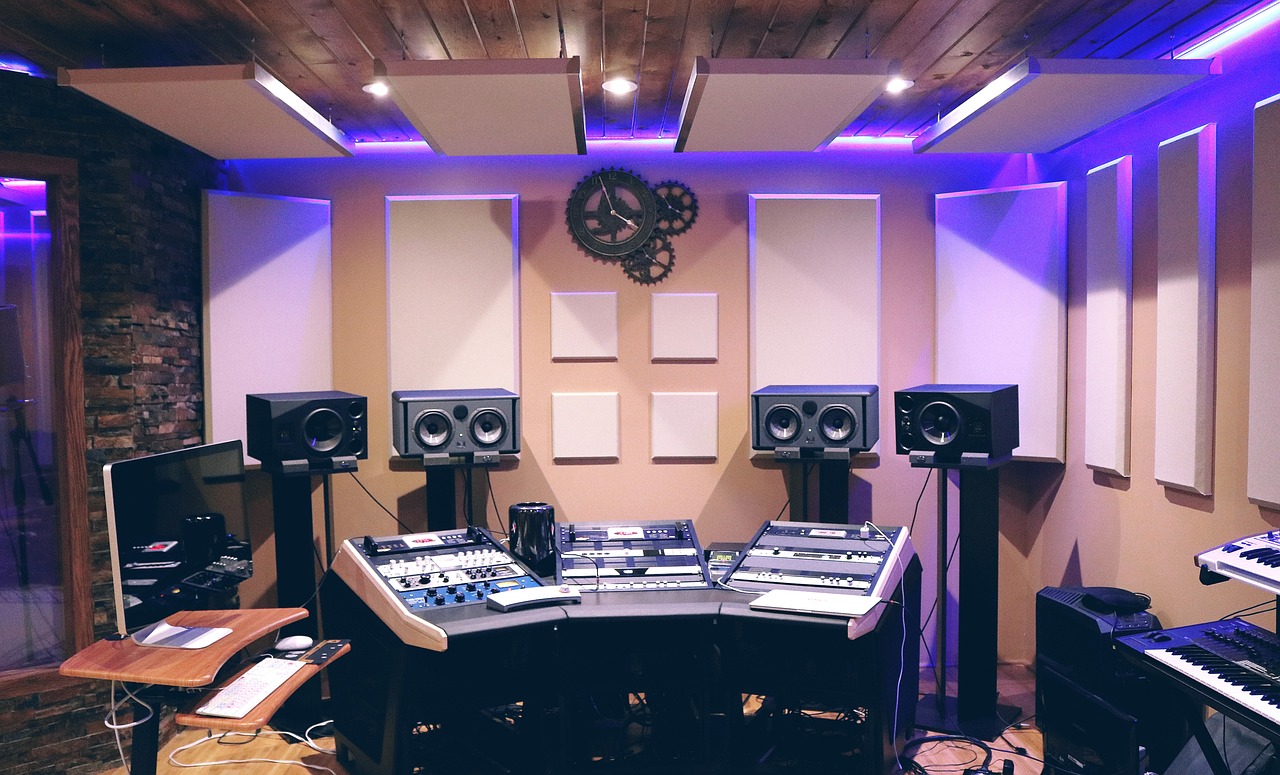What New Producers Need to Know About Using Samples

Sampling has become an essential tool for creating innovative and unique tracks. Sampling allows producers to take a portion of an existing song and incorporate it into a new composition. This technique has birthed some of the most iconic tracks in modern music. However, for new producers, using samples comes with both creative opportunities and legal responsibilities. Before using a westside kaytranada sample or any other you find online, it’s advisable to familiarize yourself with the guidelines and basic rules. Understanding the nuances of sampling is crucial for anyone looking to make a mark in the music industry. This article will explore what new producers need to know about using samples, from the creative process to the legal implications.
The Creative Potential of Sampling
Sampling is a powerful tool that can add depth and texture to a track. It allows producers to draw from various sounds, genres, and eras, blending them into something fresh and original. Sampling can be an excellent way for new producers to experiment with different sounds and styles. It can also provide a creative shortcut, allowing you to build on existing musical ideas rather than starting from scratch. However, while the creative potential is vast, using samples to add value to your track is important rather than simply copying someone else’s work.
The Importance of Clearing Samples
One of the most critical aspects of using samples is ensuring you have the legal right to use them. This process is known as “clearing” a sample. When you use a sample, you’re essentially borrowing someone else’s intellectual property, and using it without permission can lead to legal trouble. To clear a sample, you typically need to obtain two types of licenses: one for the sound recording (the actual recording of the music) and one for the underlying composition (the music and lyrics). This process can be complex and time-consuming, but avoiding copyright infringement is essential.

Alternatives to Sampling: Royalty-Free Samples and Sample Packs
There are alternatives available for new producers who want to avoid the complexities of clearing samples. One popular option is to use royalty-free samples, which are pre-cleared and can be used in your music without needing additional permissions. These samples are often sold in packs by sample libraries and online marketplaces. While they might not have the same cultural resonance as a well-known song, royalty-free samples can still provide high-quality sounds that can be creatively manipulated in your tracks. Additionally, many producers create and sell their sample packs, which can be a great way to support fellow artists while building your sound library.
Transformative Use: Making the Sample Your Own
If you decide to use a sample, it’s essential to make it your own by transforming it into something new and original. This concept, known as “transformative use,” is often key to avoiding legal issues and creating something artistically valuable. Transformative use involves altering the sample to become a new piece of work distinct from the original. This could involve changing the pitch, tempo, or rhythm or chopping and rearranging the sample to create an entirely new sound. The more you transform the sample, the less likely it is to be recognized, which can reduce the risk of legal complications.
Know Your Rights: Fair Use and Sampling
Understanding the concept of “fair use” is also important for new producers. Fair use is a legal doctrine that allows limited use of copyrighted material without obtaining permission under certain conditions. However, fair use is a gray area in the world of music sampling, and relying on it can be risky. Courts consider several factors when determining fair use, including the purpose of the use, the amount of the material used, and the effect on the original work’s market value. While fair use can sometimes apply to sampling, it’s often safer to clear the sample or use royalty-free alternatives.
Conclusion
Sampling is an exciting and creative aspect of music production, but it comes with responsibilities that new producers must understand. From the creative potential of sampling to the legal requirements of clearing samples, navigating this process is essential for anyone looking to build a successful career in music. By exploring alternatives like royalty-free samples, embracing transformative use, and understanding your rights under fair use, you can use samples to enhance your music while avoiding legal pitfalls. As you develop your skills and style, remember that respecting the work of other artists and complying with copyright laws will help you create original and legally sound music.



